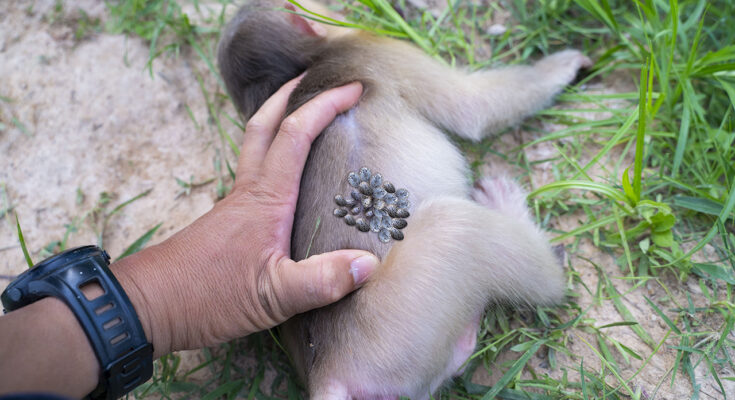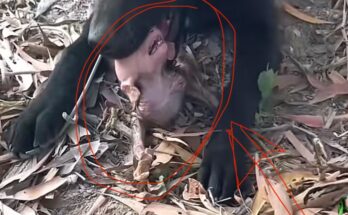How to Prevent Predators from Attacking Monkeys
Use of Alarm Systems:
Installing sound or motion-detection alarm systems in monkey habitats can deter predators like large cats or snakes. Loud sounds or flashing lights can scare off intruders before an attack occurs.
Relocation of High-Risk Individuals:
If certain monkeys are frequently targeted, especially infants or weaker individuals, they can be temporarily relocated to safer areas or wildlife sanctuaries for protection.
Reforestation and Habitat Connectivity:
Planting trees and creating wildlife corridors allows monkeys to move safely between forest patches, helping them escape predator zones and access more secure habitats.
Reducing Human-Wildlife Conflict:
Human activities like deforestation and road construction often push predators and monkeys into closer contact. Sustainable land-use planning can help reduce such conflicts and keep predators at a distance.
Artificial Shelters or Nesting Platforms:
Building elevated platforms or shelters in forested areas can give monkeys safe resting and sleeping places, reducing their vulnerability, especially at night.
Research and Data Collection:
Studying predator-prey interactions helps conservationists understand patterns and identify hot spots. This data supports targeted action plans to protect vulnerable monkey populations.



